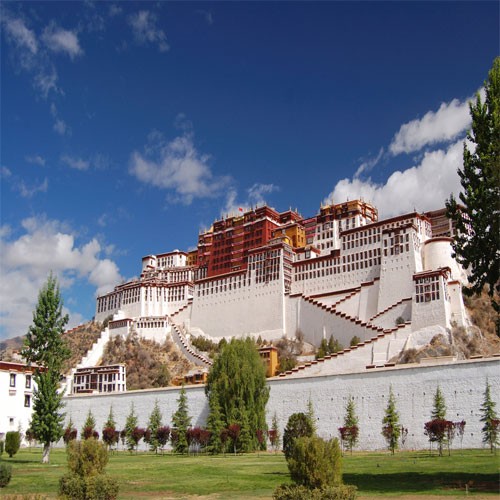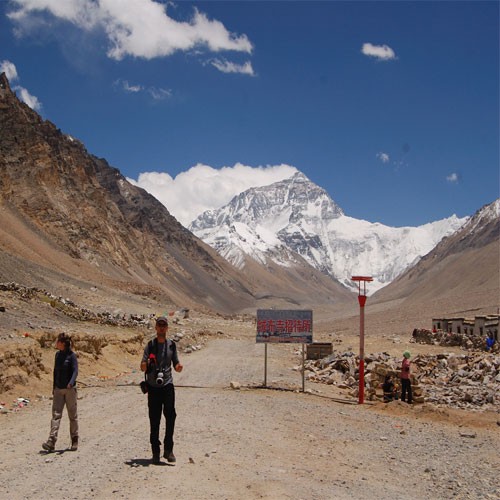Tibet
Tibet, officially known as Tibet Autonomous Region is located in a high mountain area in the southwestern part of China. Throughout its long history, Tibet at times has governed itself as an independent state and at other times has had various levels of association with China. In 1959 after Dalai Lama fled to India during a Tibetan revolt against Chinese control in the region, China took complete control of Tibet, installing a sympathetic Tibetan ruler and, in 1965, replacing the theocracy with a Communist administration.
Covering an area of 1,222,000 sq km Tibet is bounded by Xinjiang Uygur Autonomous Region and Qinghai Province on the north; Sichuan and Yunnan provinces on the East; Myanmar, India, Bhutan, and Nepal on the South and; India on the West. With an average elevation of 4,900 m, Tibet is the highest region on earth due to which it is known as the Roof of the World to the outsiders. Surrounded by the Himalayas on the south, the Karakoram Range on the west, and the Kunlun Mountains on the north, Tibet is one of the most isolated regions of the world.
Tibet is also the Himalayan Kingdom; southern part of Tibet is situated entirely within the Himalayas offering breathtaking views of snow-capped peaks to the travelers. Many of the world's highest summits are located in the Himalayan chain, extending along Tibet's southern frontier. The major peaks are Mt. Everest, Namcha Barwa, and Gurla Mandhata. The Kailas Range, a chain of the Himalayas, lays parallel to and north of the main chain and has peaks of up to 6,700 m). The eastern part of Tibet is a rugged region with numerous smaller mountain ranges interspersed by deep valleys.
The Tibetan mountains from Asia's major watershed. There are many beautiful rivers flowing from Tibet which includes Brahmaputra River, Indus River, Ganges River, Sutlej River, Salween River, and the Mekong, Yangtze, Huang He, and many others. Similarly, it has been blessed with numerous salty lakes including Ngangla Ring coin the west and Nam Co in the east. The majority of the people living in Tibet are ethnic Tibetans and largest minorities are Han Chinese. Lhasa, which is the hub of Tibet's politics, economy, trade, and religion, is its capital city. Tibet has a dry, cold climate with an average annual temperature of 1° C. Buddhism is the widely practiced religion of this region. There are a lot of beautiful shrines, temples, monasteries and nunneries all around the Tibet that reflects the rich cultural and religious history of Tibet.
The whole Tibet especially Lhasa is the dream of travelers. Every traveler dreams of visiting this mysterious land and getting enchanted by its unique traditions and rituals. There are lots of places to be visited in this region. One can make the tour to central Tibet visiting Potala place, Norbulingka, Sera Monastery, Drepung Monastery, and many other places. One can go for a Tibet overland tour experiencing the rich cultural and natural beauty of Tibet or can go for an excursion to the Everest region. Mount Kailash and Mansoravar are the pilgrim center for Hindus and Buddhists all around the world.
Endowed with unique landscapes, majestic Himalayan Vistas, rich natural resources along with the preserved ancient Buddhist culture still untouched by the modernity, Tibet takes the travelers a step back in time where they can spend their time exploring the rich cultural heritage amidst the beautiful




